Some ingredients make us pause and smile because of how instantly they brighten a dish. The ones that start with A are like that—full of zest, warmth, and character. From the tangy punch of amchur to the soft sweetness of anise, they prove that flavor has many voices. These are the spices, seasonings, and herbs that slip into family recipes and travel across continents, leaving behind stories as rich as their aromas.
In this article, we’ll explore spices, seasonings, and herbs that start with “A,” uncovering their origins, tastes, and benefits along the way. Think of it as your guide to discovering how these pantry essentials enrich not only our cooking but also our wellbeing.
Spices that Start with A
1. Allspice
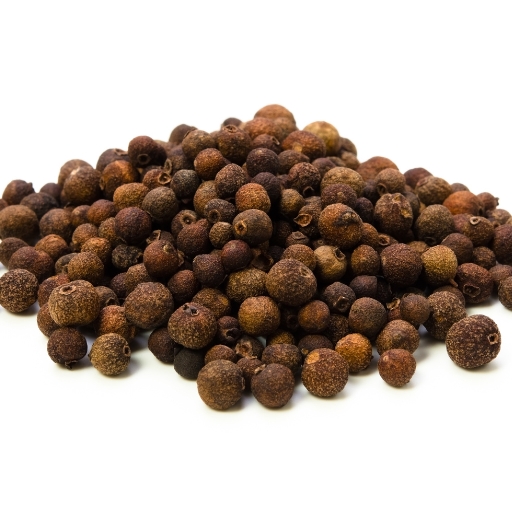
- Origin & History: Native to Jamaica and Central America, used in Caribbean and European cuisines since the 17th century.
- Appearance: Small, dried brown berries resembling peppercorns.
- Taste & Aroma: Warm blend of cinnamon, cloves, and nutmeg.
- Culinary Uses: Key in jerk seasoning, curries, stews, and baked goods.
- Health Benefits: Aids digestion, has anti-inflammatory properties.
- Fun Fact: Its name comes from the English belief that it combined the flavor of “all spices.”
2. Amchur (Dried Mango Powder)
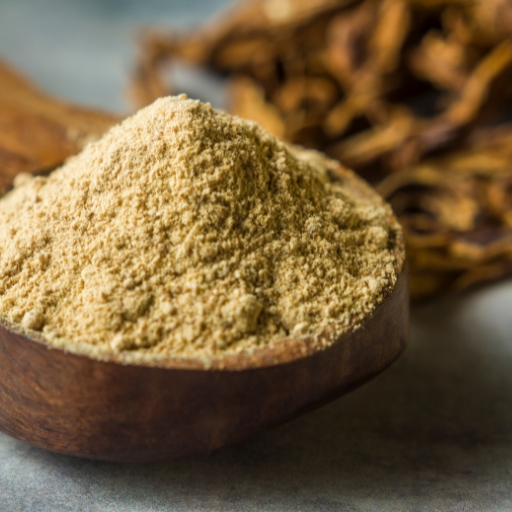
- Origin & History: Traditional Indian spice made from dried unripe mangoes.
- Appearance: Fine, light beige powder.
- Taste & Aroma: Sour, tangy, slightly fruity.
- Culinary Uses: Adds zest to curries, chutneys, and snacks.
- Health Benefits: Rich in vitamin C; aids digestion.
- Fun Fact: Often used in Indian street food to mimic the tartness of tamarind.
3. Anise Seed
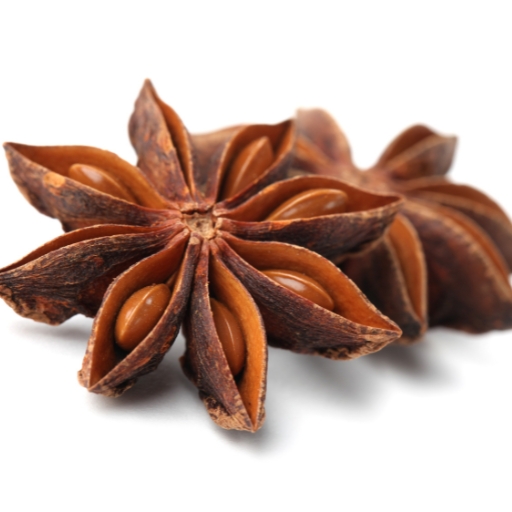
- Origin & History: Cultivated in the Middle East and Mediterranean since ancient Egypt.
- Appearance: Small, oval, brownish seeds.
- Taste & Aroma: Sweet, licorice-like flavor.
- Culinary Uses: Used in baking, liqueurs like ouzo, and spice blends.
- Health Benefits: Soothes digestion, relieves cough.
- Fun Fact: Ancient Romans used it in spiced cakes served at the end of feasts.
4. Asafoetida (Hing)
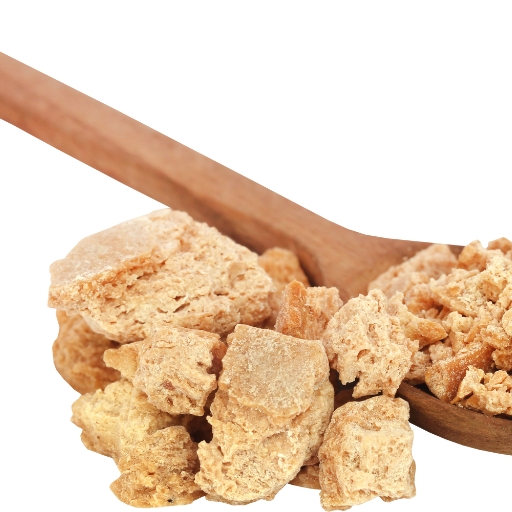
- Origin & History: Resin from a plant native to Afghanistan and Iran, widely used in Indian cooking.
- Appearance: Yellow-brown resin or powder.
- Taste & Aroma: Strong, pungent when raw; onion-garlic-like when cooked.
- Culinary Uses: Used in lentil dishes, curries, and pickles.
- Health Benefits: Supports digestion and reduces bloating.
- Fun Fact: Nicknamed “devil’s dung” because of its intense smell before cooking.
5. Aleppo Pepper
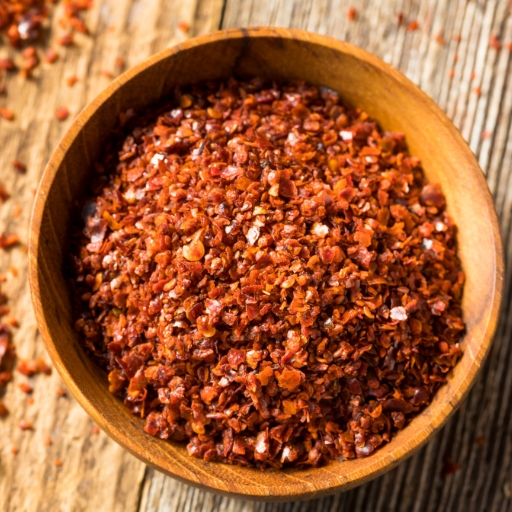
- Origin & History: From Syria and Turkey, long treasured in Middle Eastern cuisine.
- Appearance: Crushed deep-red flakes with oil.
- Taste & Aroma: Mild chili heat, slightly fruity, with cumin-like undertones.
- Culinary Uses: Sprinkled on meats, dips, and pizzas.
- Health Benefits: Contains capsaicin, which boosts metabolism.
- Fun Fact: Aleppo was once a major hub of the Silk Road spice trade.
6. Ajwain (Carom Seeds)
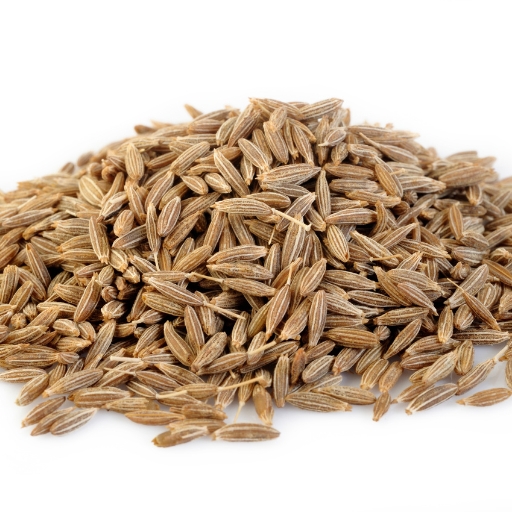
- Origin & History: Widely used in Indian and Middle Eastern cooking for centuries.
- Appearance: Tiny, oval, ridged seeds.
- Taste & Aroma: Strong, thyme-like flavor with a pungent aroma.
- Culinary Uses: Added to flatbreads, curries, and snacks.
- Health Benefits: Known to ease indigestion and colds.
- Fun Fact: In India, ajwain water is a common household remedy for stomach aches.
7. Angelica Root
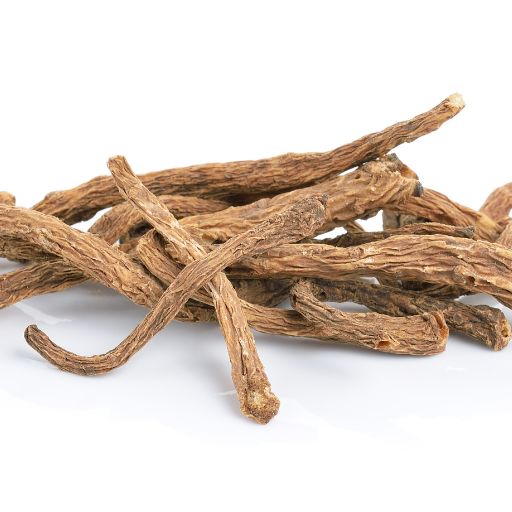
- Origin & History: Native to Europe and Asia; used in medieval herbal medicine.
- Appearance: Dried, fibrous root pieces.
- Taste & Aroma: Earthy, slightly sweet, musky.
- Culinary Uses: Flavoring for gin, liqueurs, and desserts.
- Health Benefits: Supports respiratory health and digestion.
- Fun Fact: Nicknamed the “Holy Ghost root” in folklore for its supposed healing powers.
8. Annatto
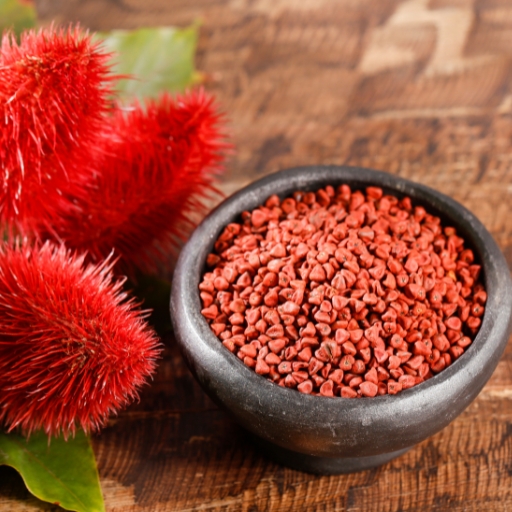
- Origin & History: Derived from the seeds of the achiote tree, native to Latin America.
- Appearance: Reddish-orange seeds or powder.
- Taste & Aroma: Mild, slightly peppery with a nutty aroma.
- Culinary Uses: Natural coloring in cheeses, rice, and stews.
- Health Benefits: Rich in antioxidants, supports eye health.
- Fun Fact: Traditionally used by indigenous tribes as body paint and sunscreen.
9. Avocado Seed Powder
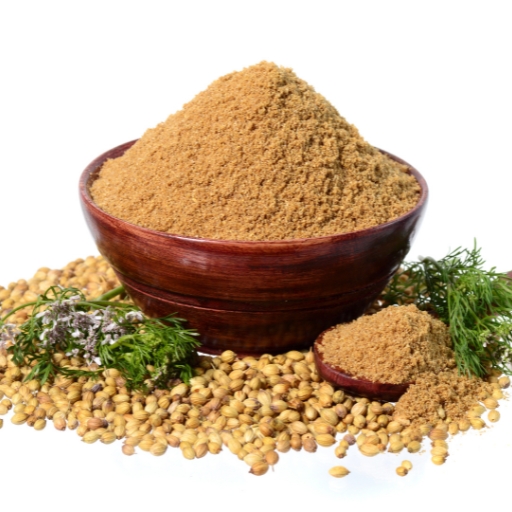
- Origin & History: Used in Central and South America for centuries in folk remedies.
- Appearance: Brown, ground seed powder.
- Taste & Aroma: Slightly bitter, earthy.
- Culinary Uses: Blended into smoothies, teas, and sauces.
- Health Benefits: Contains antioxidants and fiber.
- Fun Fact: Though not mainstream, avocado seed use is resurging in wellness circles.
10. Almond Spice (Ground Almond for Flavoring)
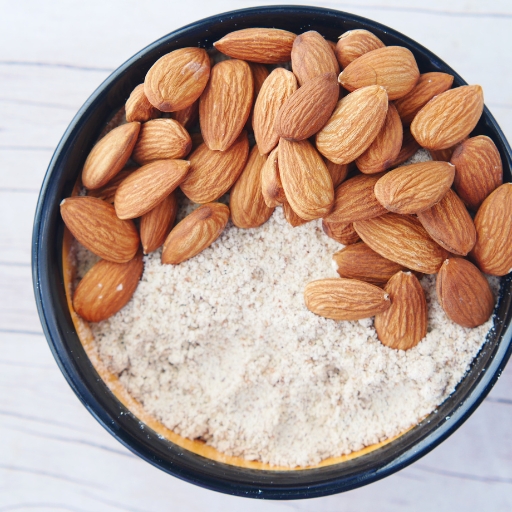
- Origin & History: Cultivated in the Middle East and Mediterranean for thousands of years.
- Appearance: Pale, fine ground powder.
- Taste & Aroma: Nutty, mildly sweet, buttery.
- Culinary Uses: Added to curries, desserts, and spice blends.
- Health Benefits: Packed with vitamin E and healthy fats.
- Fun Fact: Almonds were one of the earliest cultivated tree nuts, dating back 4,000 years.
Seasonings that Start with A
1. Adobo Seasoning
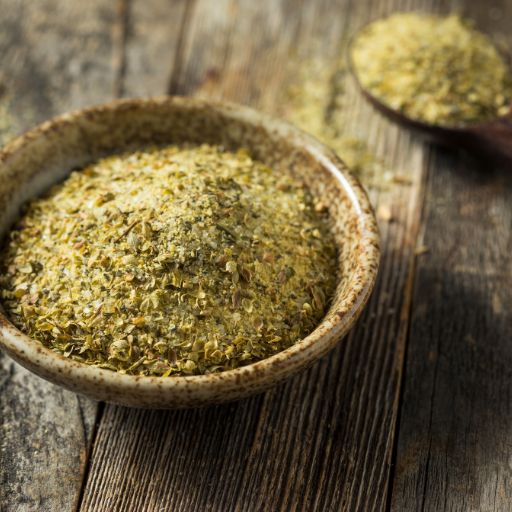
- Origin & History: Originates from Latin American and Caribbean kitchens; inspired by Spanish marinades.
- Appearance: Blend of garlic powder, oregano, turmeric, pepper, and sometimes cumin.
- Taste & Aroma: Savory, garlicky, slightly earthy.
- Culinary Uses: Rub for meats, seasoning for rice, beans, and stews.
- Health Benefits: Can reduce sodium intake when used as a flavor-packed alternative to salt.
- Fun Fact: Every region has its own “adobo,” making it more of a concept than a single recipe.
2. Applewood-Smoked Salt
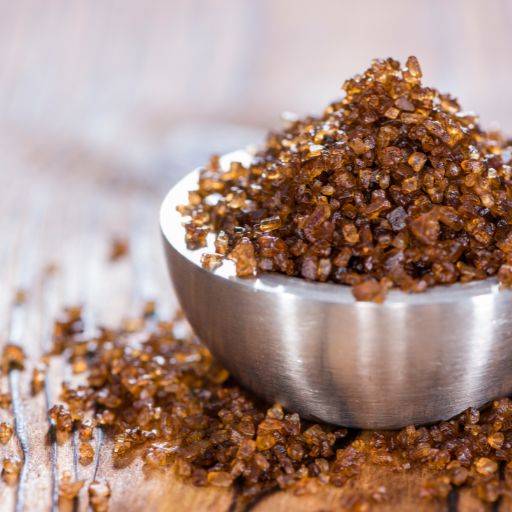
- Origin & History: Popular in American barbecue culture; uses slow smoking over applewood.
- Appearance: Coarse gray or brown crystals.
- Taste & Aroma: Salty with a subtle sweet smokiness.
- Culinary Uses: Perfect for grilling, roasted veggies, and finishing touches on meats.
- Health Benefits: Adds smoky depth without liquid smoke or artificial flavorings.
- Fun Fact: Chefs often sprinkle it on cocktails like Bloody Marys for a smoky twist.
3. Asian Five-Spice Blend (sometimes called “Chinese Five-Spice”)
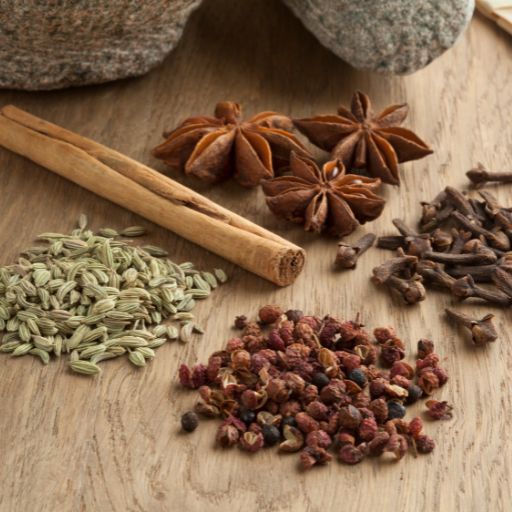
- Origin & History: Ancient Chinese seasoning symbolizing balance of five flavors.
- Appearance: Fine, reddish-brown powder.
- Taste & Aroma: Sweet, spicy, bitter, sour, and salty all in one.
- Culinary Uses: Marinades, stir-fries, roasted duck, and pork dishes.
- Health Benefits: Star anise and cloves in the blend support digestion.
- Fun Fact: Traditionally thought to reflect the harmony of yin and yang.
4. Alaea Salt (Hawaiian Red Salt)
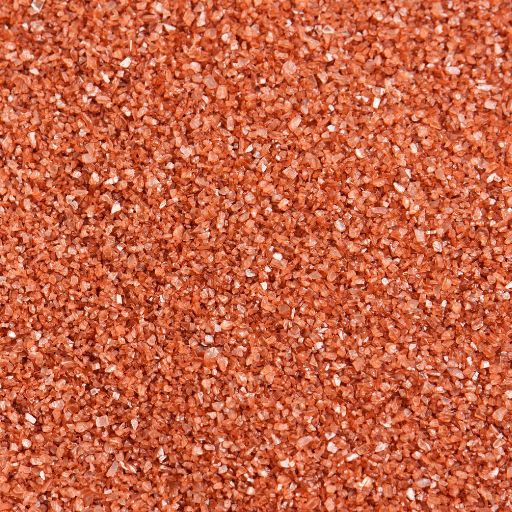
- Origin & History: Traditional Hawaiian seasoning made with volcanic clay.
- Appearance: Coarse, brick-red crystals.
- Taste & Aroma: Mild, earthy, slightly nutty flavor.
- Culinary Uses: Used in Hawaiian poke, kalua pork, and as a finishing salt.
- Health Benefits: Contains trace minerals from volcanic clay.
- Fun Fact: Historically used in Hawaiian rituals and to preserve food.
5. Arrabbiata Seasoning
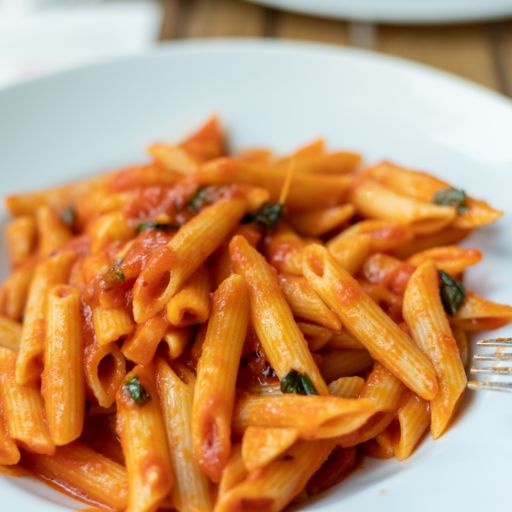
- Origin & History: Italian mix inspired by the fiery arrabbiata pasta sauce.
- Appearance: Dried flakes of chili, garlic, parsley, and herbs.
- Taste & Aroma: Spicy, garlicky, aromatic.
- Culinary Uses: Pasta sauces, pizza topping, spicy marinades.
- Health Benefits: Chili boosts metabolism; garlic supports immunity.
- Fun Fact: “Arrabbiata” means “angry” in Italian, referring to its fiery heat.
6. Ajika Seasoning
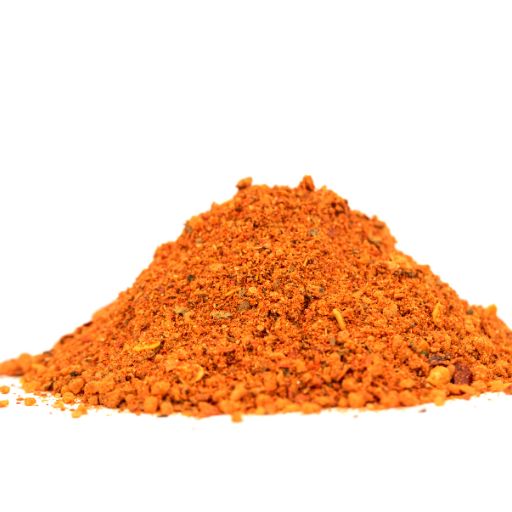
- Origin & History: Traditional Georgian and Abkhazian mix.
- Appearance: Red spice blend with chili, garlic, coriander, fenugreek.
- Taste & Aroma: Spicy, pungent, deeply aromatic.
- Culinary Uses: Seasoning for meats, vegetables, and sauces.
- Health Benefits: Rich in antioxidants and digestion-friendly herbs.
- Fun Fact: Ajika is often prepared as both a dry seasoning and a chili paste.
7. Avocado Seasoning

- Origin & History: Modern blend created to complement avocado dishes.
- Appearance: Greenish powder mix of garlic, lime, and herbs.
- Taste & Aroma: Zesty, savory, citrusy.
- Culinary Uses: Sprinkled on guacamole, avocado toast, salads.
- Health Benefits: Enhances flavor without heavy sauces or dressings.
- Fun Fact: Popularized by the avocado toast trend in cafés worldwide.
8. Arabic Seven Spice
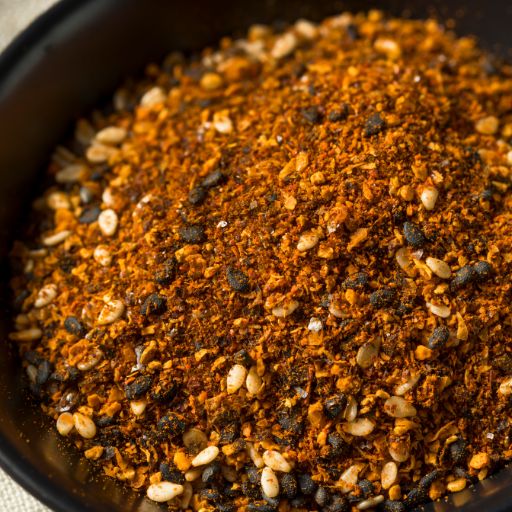
- Origin & History: A classic Levantine seasoning, especially popular in Lebanon, Syria, and Palestine; recipes vary by family and region.
- Appearance: Fine, dark brown blend of ground spices like black pepper, cinnamon, cloves, nutmeg, fenugreek, cumin, and ginger.
- Taste & Aroma: Warm, aromatic, slightly sweet with peppery heat.
- Culinary Uses: Used to season meats, rice dishes, kebabs, and stews.
- Health Benefits: Combines antioxidant-rich spices that support digestion and boost immunity.
- Fun Fact: Every household has its own version—no two Arabic Seven Spice blends are ever exactly the same.
Herbs that Start with A
1. Aloe Vera
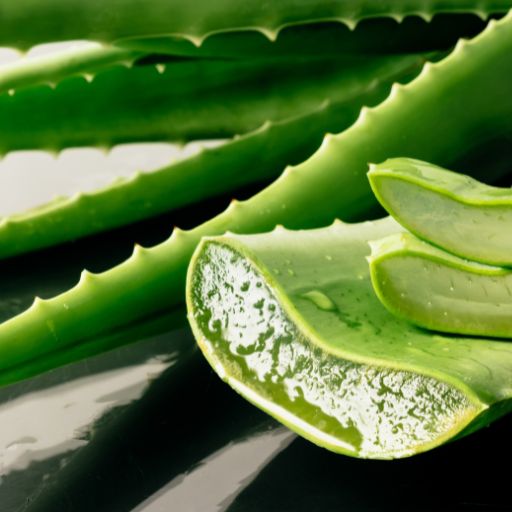
- Origin & History: Native to North Africa and Arabia, used since ancient Egypt for healing.
- Appearance: Thick, fleshy green leaves filled with gel.
- Taste & Aroma: Bitter, cooling, slightly earthy.
- Culinary Uses: Juices, smoothies, herbal drinks in Asia and Latin America.
- Health Benefits: Promotes skin health, aids digestion, hydrates.
- Fun Fact: Known as the “plant of immortality” in ancient Egyptian texts.
2. Angelica
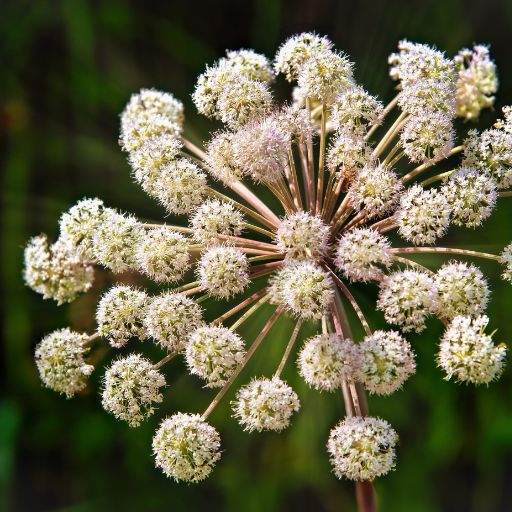
- Origin & History: Native to Europe and Asia; valued in medieval monasteries for its medicinal properties.
- Appearance: Tall plant with green stems and umbrella-like white-green flowers.
- Taste & Aroma: Sweet, herbaceous with a hint of licorice.
- Culinary Uses: Candied stems in baking, flavoring for gin and liqueurs.
- Health Benefits: Supports respiratory health and digestion.
- Fun Fact: Folklore says it bloomed on the day of Archangel Michael’s feast—hence its name.
3. Anise Hyssop
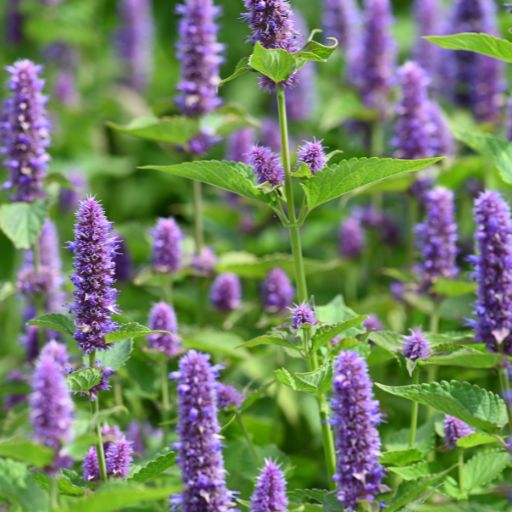
- Origin & History: Native to North America; used by Native tribes for teas and medicine.
- Appearance: Purple flower spikes with green, serrated leaves.
- Taste & Aroma: Sweet, licorice-mint flavor.
- Culinary Uses: Teas, salads, and baked goods.
- Health Benefits: Calms coughs, aids digestion.
- Fun Fact: Bees love it, making it a favorite for pollinator gardens.
4. Ashwagandha
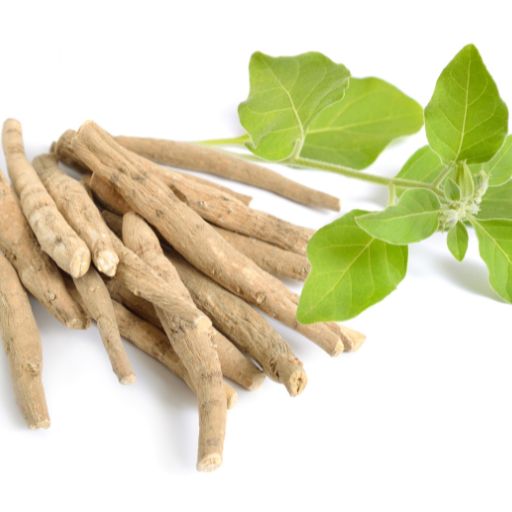
- Origin & History: Rooted in Indian Ayurveda for over 3,000 years.
- Appearance: Small shrub with yellow-green flowers and red berries.
- Taste & Aroma: Bitter, earthy, slightly horse-like odor (its Sanskrit name means “smell of a horse”).
- Culinary Uses: Powder mixed into warm milk, teas, and tonics.
- Health Benefits: Reduces stress, supports immunity, boosts energy.
- Fun Fact: Sometimes called “Indian ginseng” though unrelated botanically.
5. Agrimony
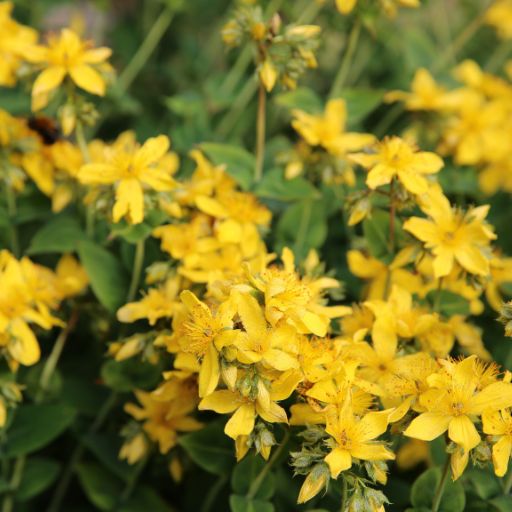
- Origin & History: Native to Europe; mentioned in ancient Greek and Roman herbal texts.
- Appearance: Tall plant with small yellow flowers.
- Taste & Aroma: Bitter, slightly lemony.
- Culinary Uses: Herbal teas and folk remedies.
- Health Benefits: Traditionally used for liver and throat health.
- Fun Fact: Known in medieval times as a “healing herb of kings.”
6. Artemisia (Wormwood)
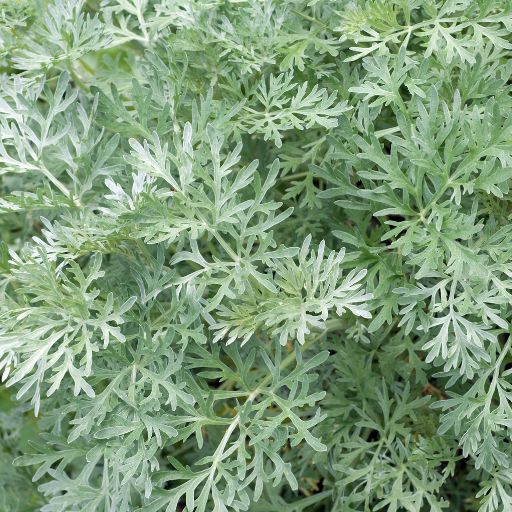
- Origin & History: Native to Eurasia; key in traditional medicine and absinthe making.
- Appearance: Silvery-green feathery leaves.
- Taste & Aroma: Strong, bitter, herbaceous.
- Culinary Uses: Used in vermouth, bitters, and occasionally as seasoning.
- Health Benefits: Stimulates digestion, used in herbal medicine.
- Fun Fact: Once banned in several countries due to myths around absinthe hallucinations.
7. Atriplex (Saltbush)
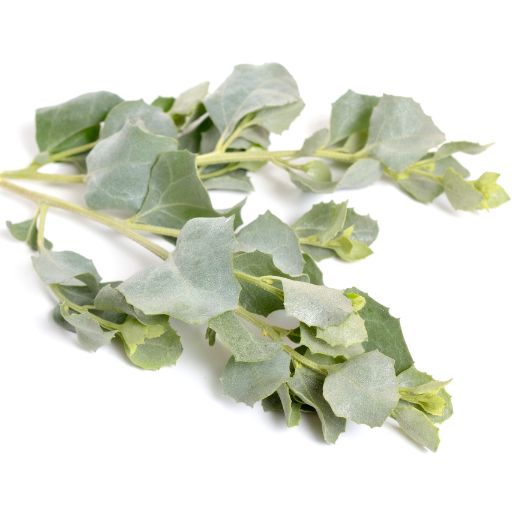
- Origin & History: Native to Australia and arid regions worldwide; used by Indigenous communities.
- Appearance: Small, gray-green, salt-tolerant shrub.
- Taste & Aroma: Salty, earthy.
- Culinary Uses: Leaves cooked as a vegetable or used to season meat.
- Health Benefits: Rich in minerals; supports hydration in dry climates.
- Fun Fact: Farmers often use it as animal fodder in drought-prone lands.
8. Alecost (Costmary)
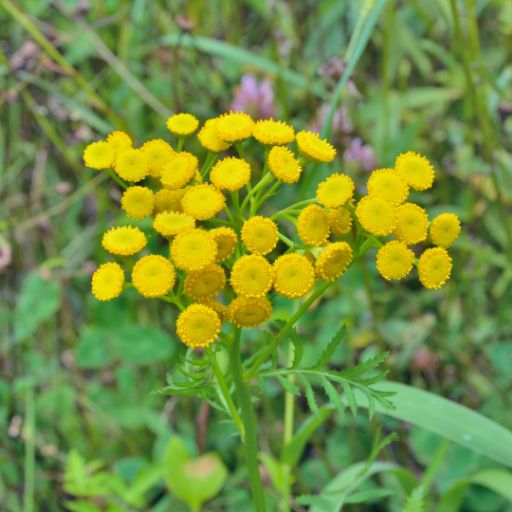
- Origin & History: Popular in medieval Europe as a kitchen and medicinal herb.
- Appearance: Tall, leafy green plant with daisy-like flowers.
- Taste & Aroma: Minty with hints of balsam and citrus.
- Culinary Uses: Traditionally used in ales, teas, and desserts.
- Health Benefits: Eases digestive discomfort and colds.
- Fun Fact: Nicknamed “Bible leaf” because people used its leaves as bookmarks.
9. Andrographis
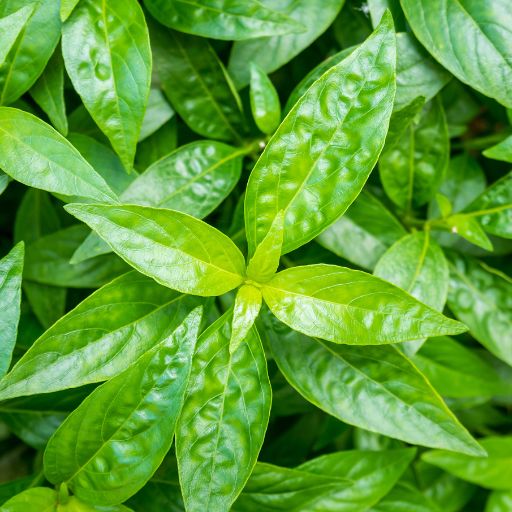
- Origin & History: Native to India and Sri Lanka; used in Ayurveda and traditional Chinese medicine.
- Appearance: Small green plant with lance-shaped leaves.
- Taste & Aroma: Extremely bitter.
- Culinary Uses: Rarely culinary, but used in herbal teas and supplements.
- Health Benefits: Boosts immunity, supports liver health, fights colds.
- Fun Fact: Often called the “King of Bitters.”
10. Alfalfa
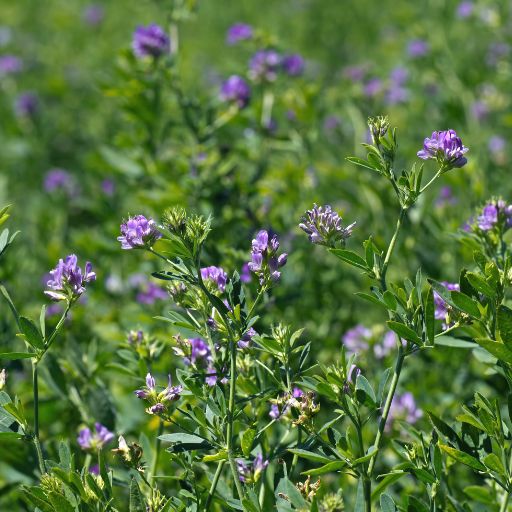
- Origin & History: Cultivated in the Middle East for over 1,000 years as both food and fodder.
- Appearance: Small green clover-like plant with purple flowers.
- Taste & Aroma: Mild, grassy, nutty.
- Culinary Uses: Sprouts added to salads, sandwiches, and smoothies.
- Health Benefits: Rich in vitamins A, C, and K; supports heart health.
- Fun Fact: The word “alfalfa” comes from Arabic, meaning “father of all foods.”
End note:
The ingredients that begin with A are a reminder of how adventurous flavor can be. Amchur brings tang, allspice carries warmth, and anise sweetens traditions across the world. These are the building blocks that connect our kitchens to centuries of trade, family recipes, and cultural exchange. They show us that cooking is not just about filling plates—it’s about carrying stories forward, one sprinkle at a time.
If you enjoyed exploring these aromatic spices beginning with A, there’s even more flavor waiting for you! Continue your culinary journey with our next guide, spices that start with B — where bold, beautiful, and beloved seasonings take the spotlight.

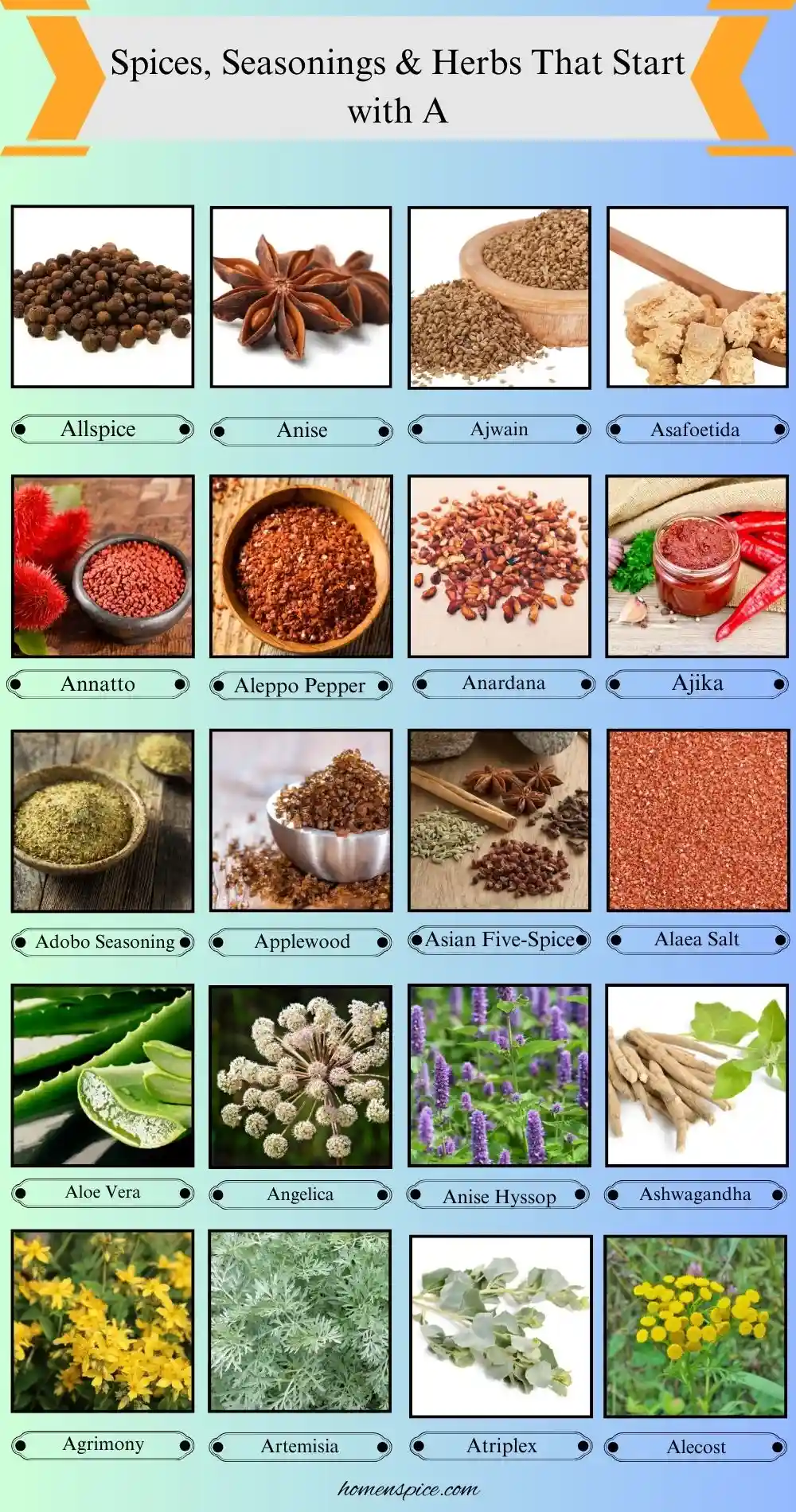
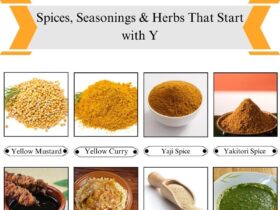
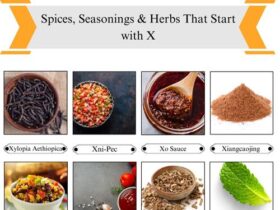
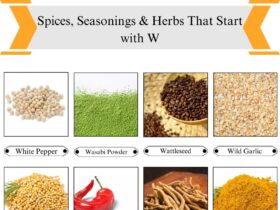
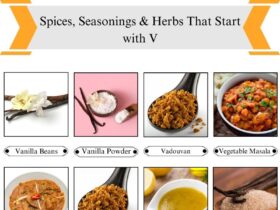
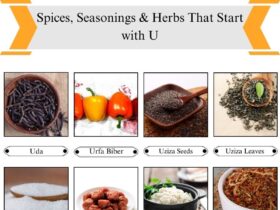
Leave a Reply